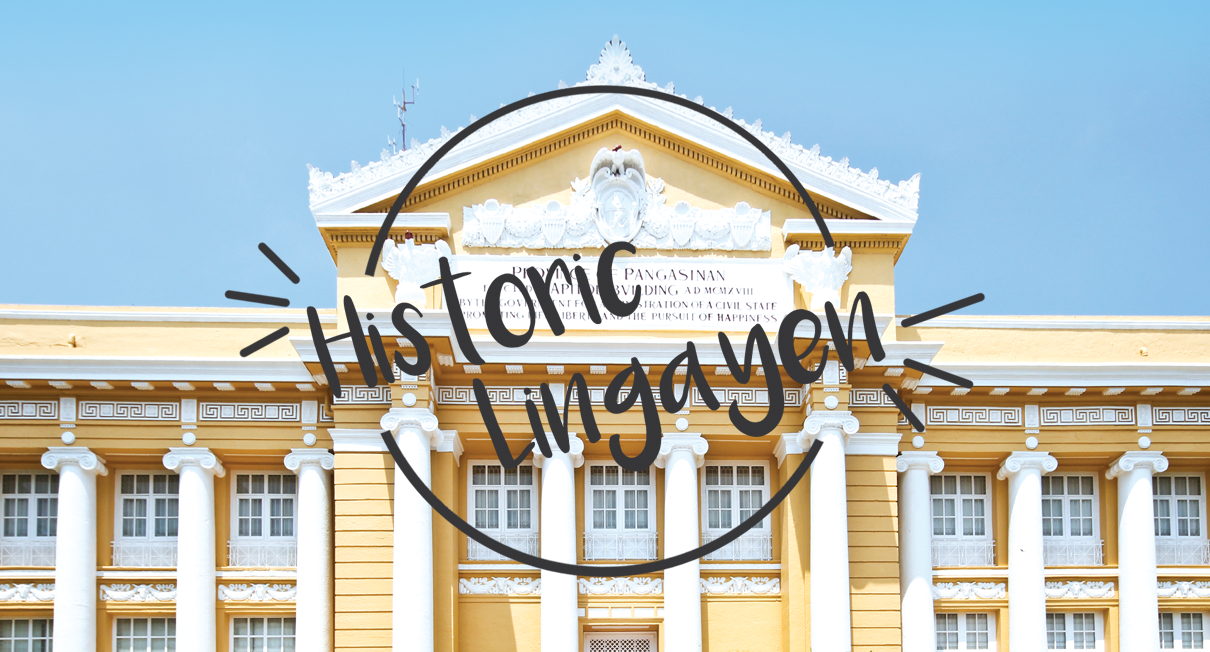Despite being the capital and seat of government of the province of Pangasinan, Lingayen is neither its biggest nor its premiere urban center. In fact, while signs of progress are evident in the bustling market environs and heavier vehicular traffic on the roads, this first–class municipality retains its old-world charm and halcyon setting.
Although the Tarlac-Pangasinan-La Union Expressway (TPLEX) is now operational, the fastest route from Manila to Lingayen is still via the Tarlac City-Camiling Road, and through the national highway across the towns of Mangatarem, Aguilar, and Bugallon, before finally hitting Lingayen. The 200+ kilometer drive will take between 3 to 4 hours, depending on traffic.
Much of Lingayen’s attractions are centered around the provincial capitol complex, with several heritage structures facing the panoramic Lingayen Gulf.
At the top of the list is, of course, the Provincial Capitol building itself, a neoclassical structure built during the American colonial period in 1918. It has been declared as one of the country’s eight architectural treasures by the National Commission for Culture and the Arts. More recently, it has also been named the “Best Provincial Capitol in the Philippines.”
Another beautiful landmark is Pangasinan’s very own cultural center, the Sison Auditorium, built in 1927. Its beautifully-renovated interiors harken back to the glory days of the past, and you can almost imagine the region’s alta sociedad enjoying their zarzuelas and other cultural performances.
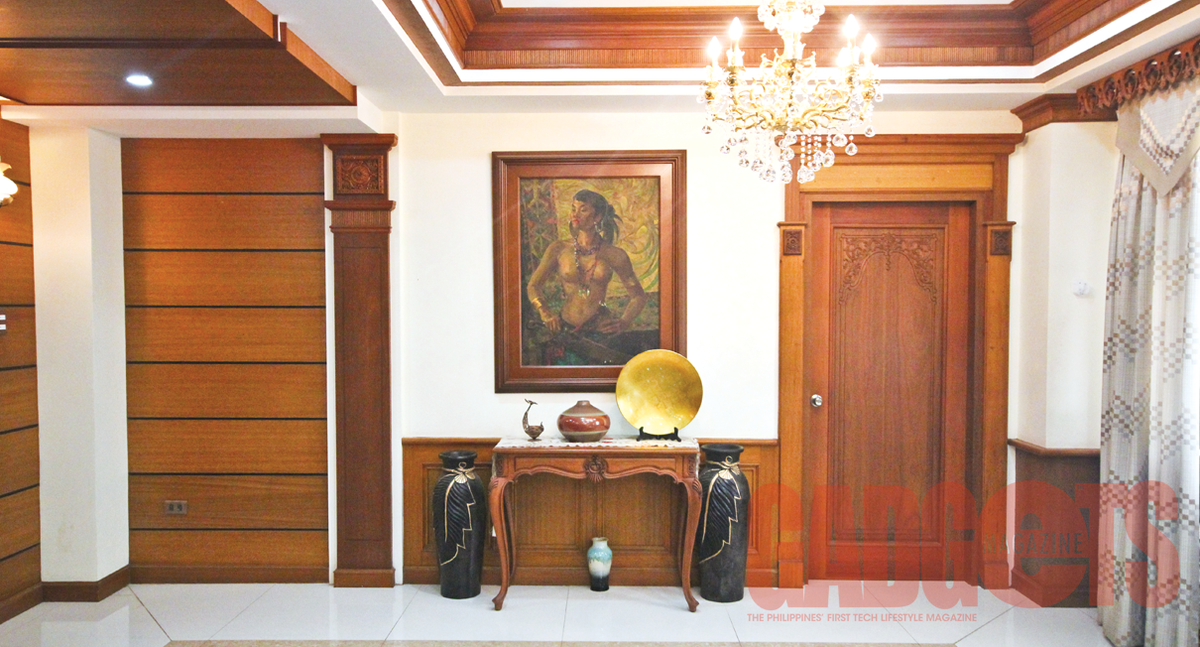
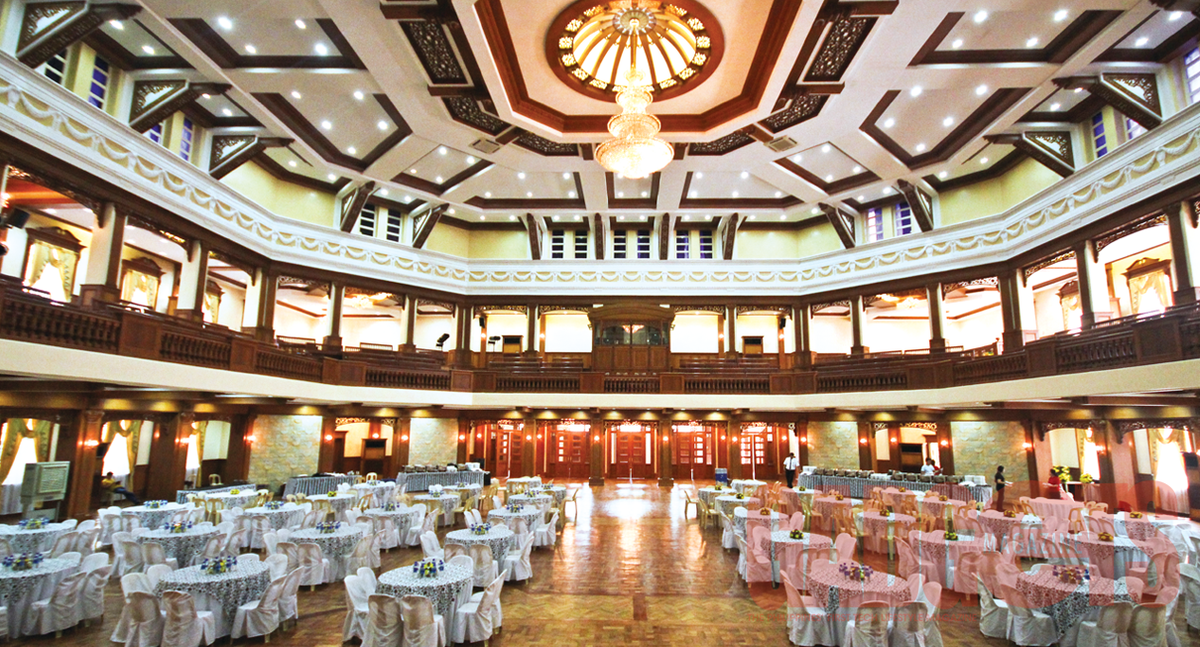
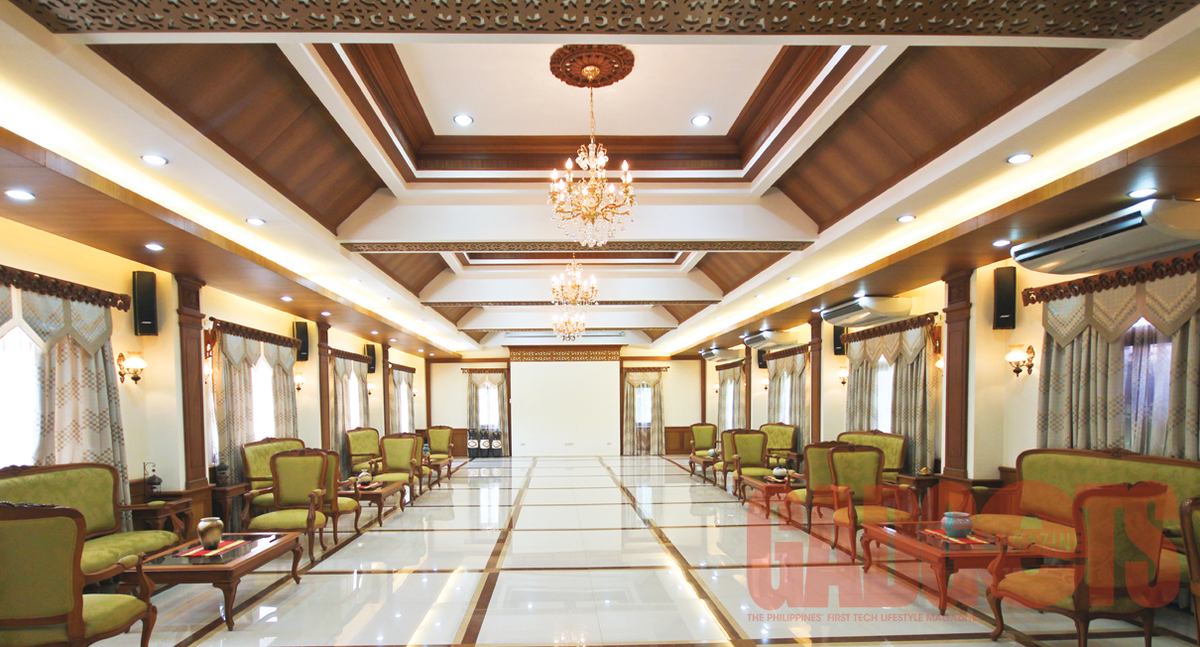
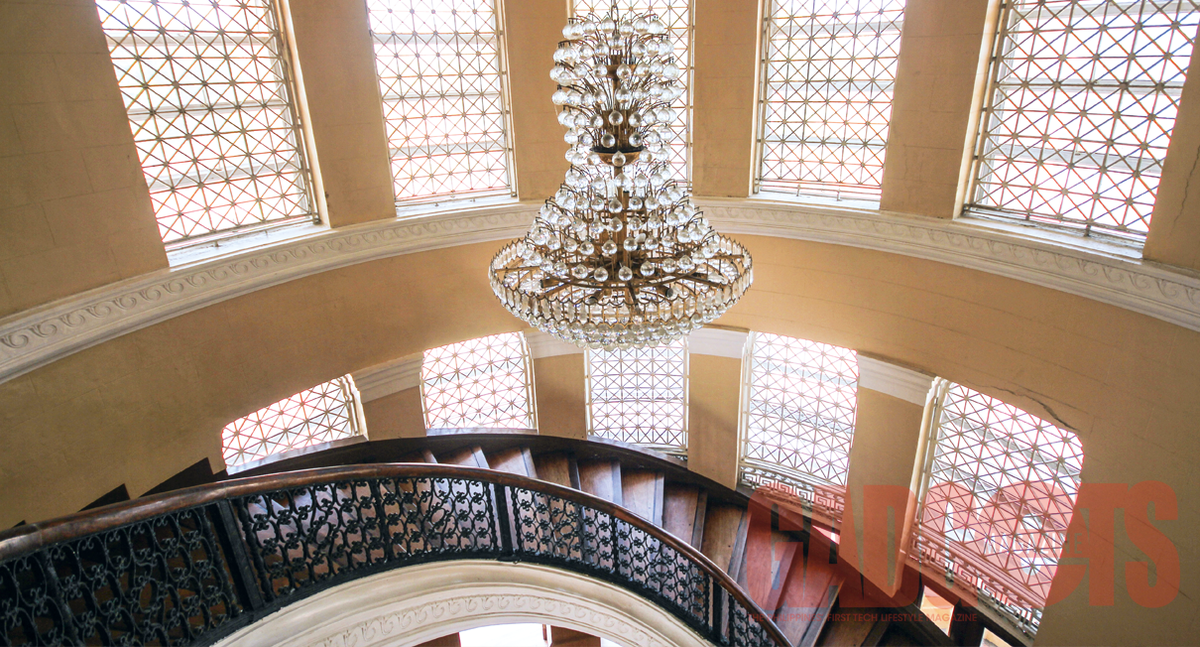
Also within the complex is Urduja House, the province’s version of Malacañang Palace, as it serves as the governor’s official residence. Everyone is welcome to visit the public areas.
The Lingayen Gulf was a very strategic military area during World War II, and was the site of amphibious landings by American forces leading up to the liberation of Manila and the rest of Luzon. All these are remembered in the Veterans Memorial Park which also showcases some war relics and memorabilia.
Finally, a visit to Lingayen would not be complete without taking a stroll along the beach and perhaps wading knee-deep into the calm waters of the gulf. The sand is almost black due to its volcanic origins, but so fine that walking barefoot is a pleasure. There is a newly-constructed baywalk with benches at regular intervals, nipa huts underneath coconut trees, as well as shower rooms for those who couldn’t resist taking a quick frolic in the waves. And, best of all, the beach and the facilities are absolutely free and open for everyone to enjoy.
For those looking for more excitement, you can go skateboarding on the baywalk or fly as free as a bird by signing up for a power kite session along the shore.
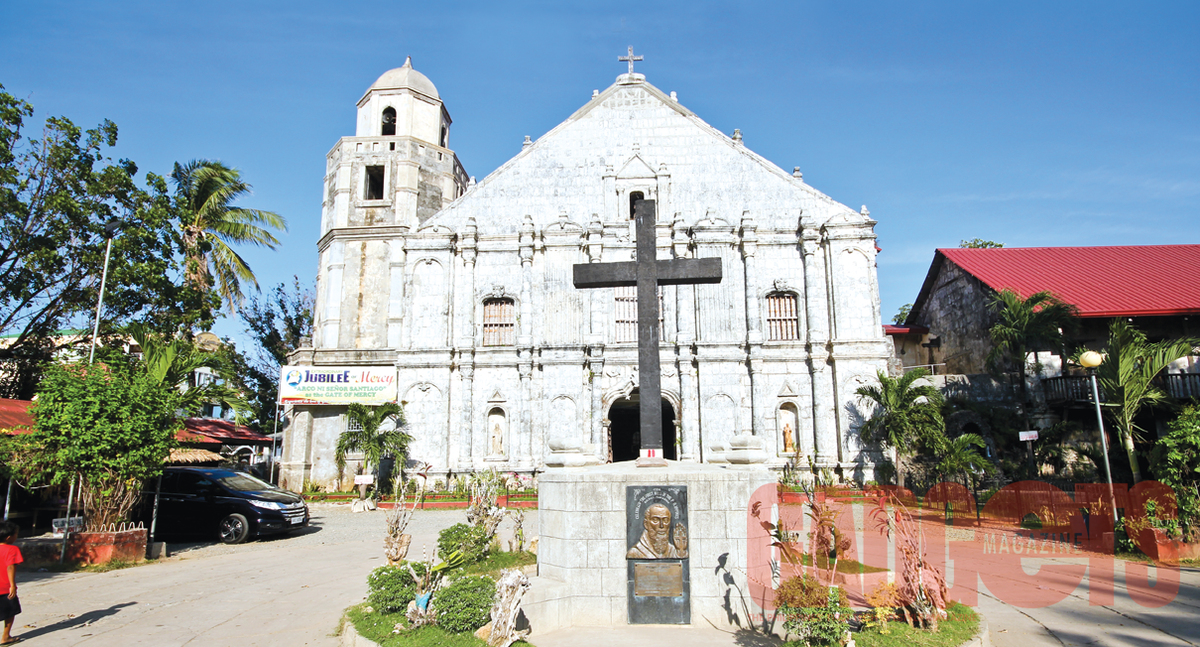

Also published in GADGETS MAGAZINE April 2016 issue.
Words by Maribelle Alba
Photos by Barry Ortiz
